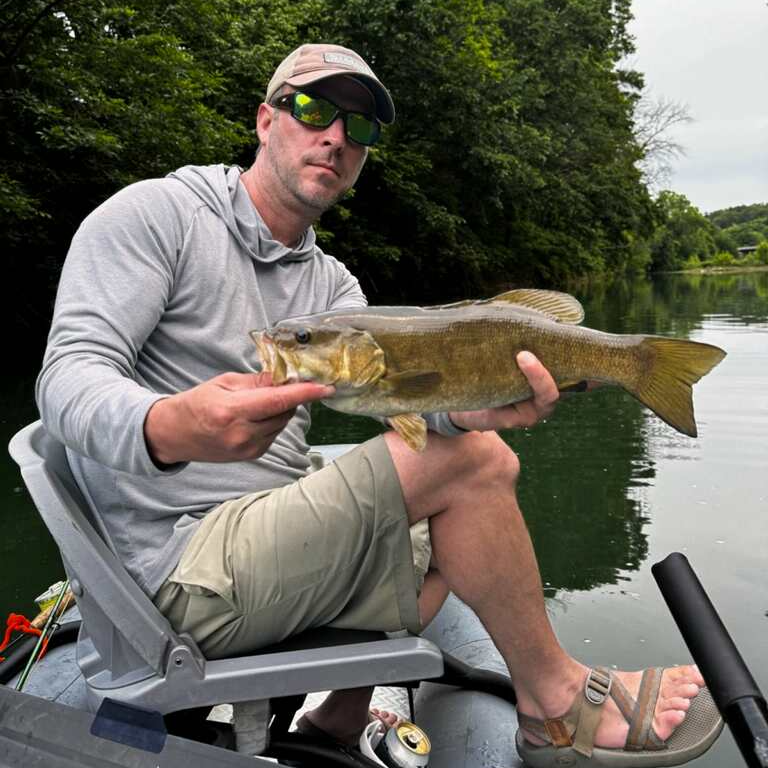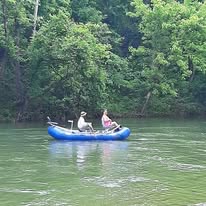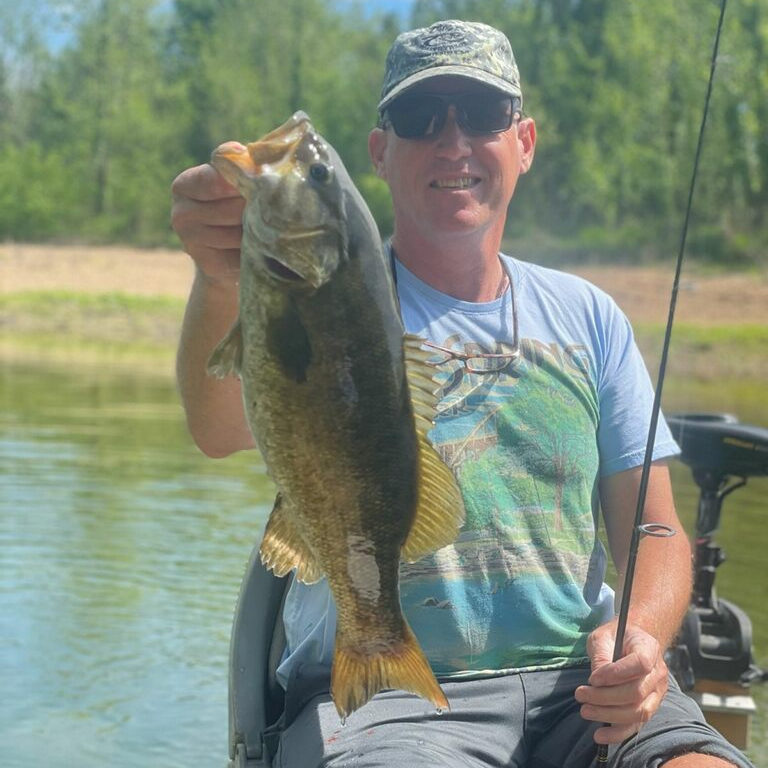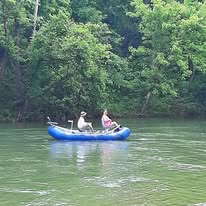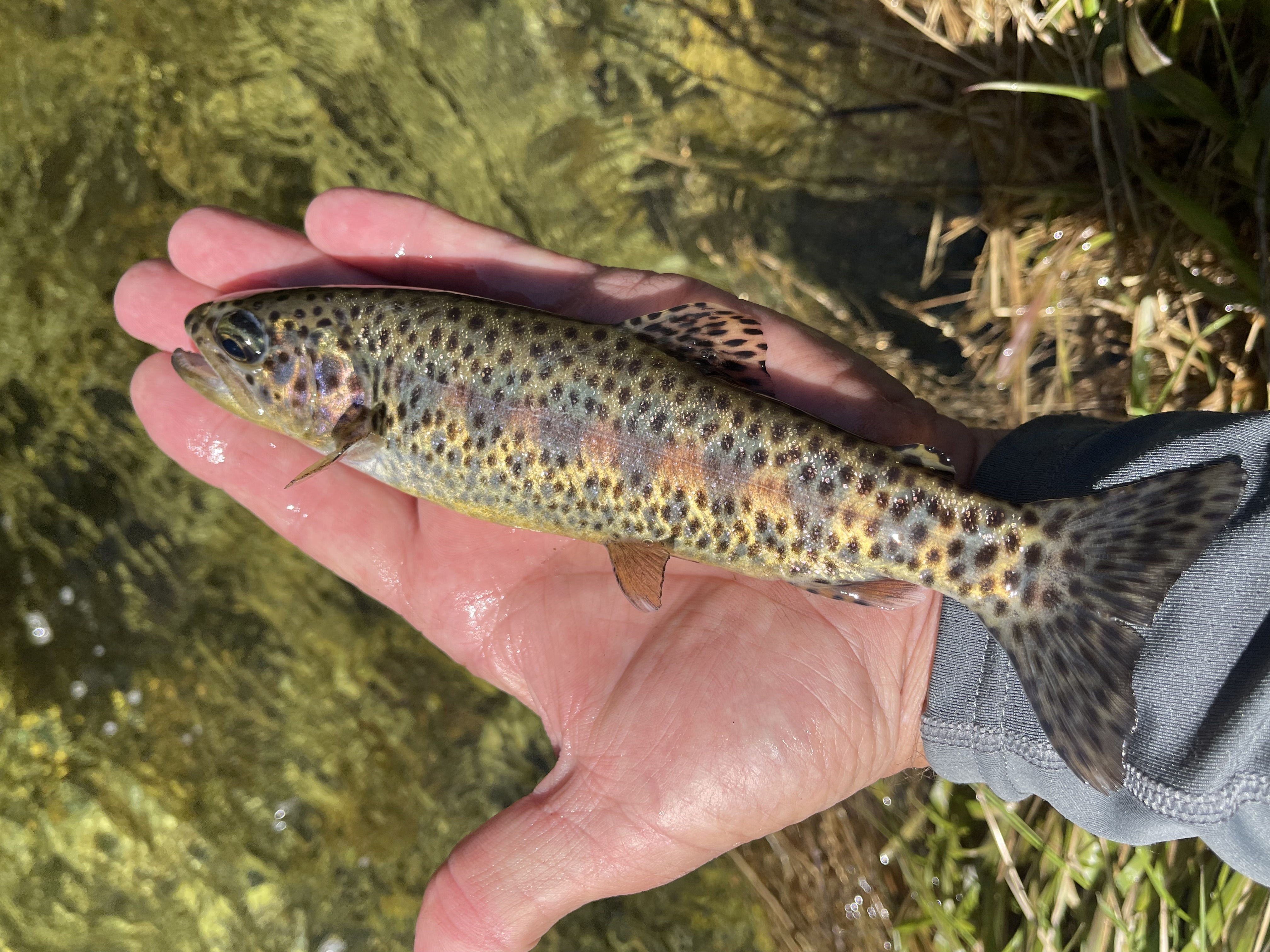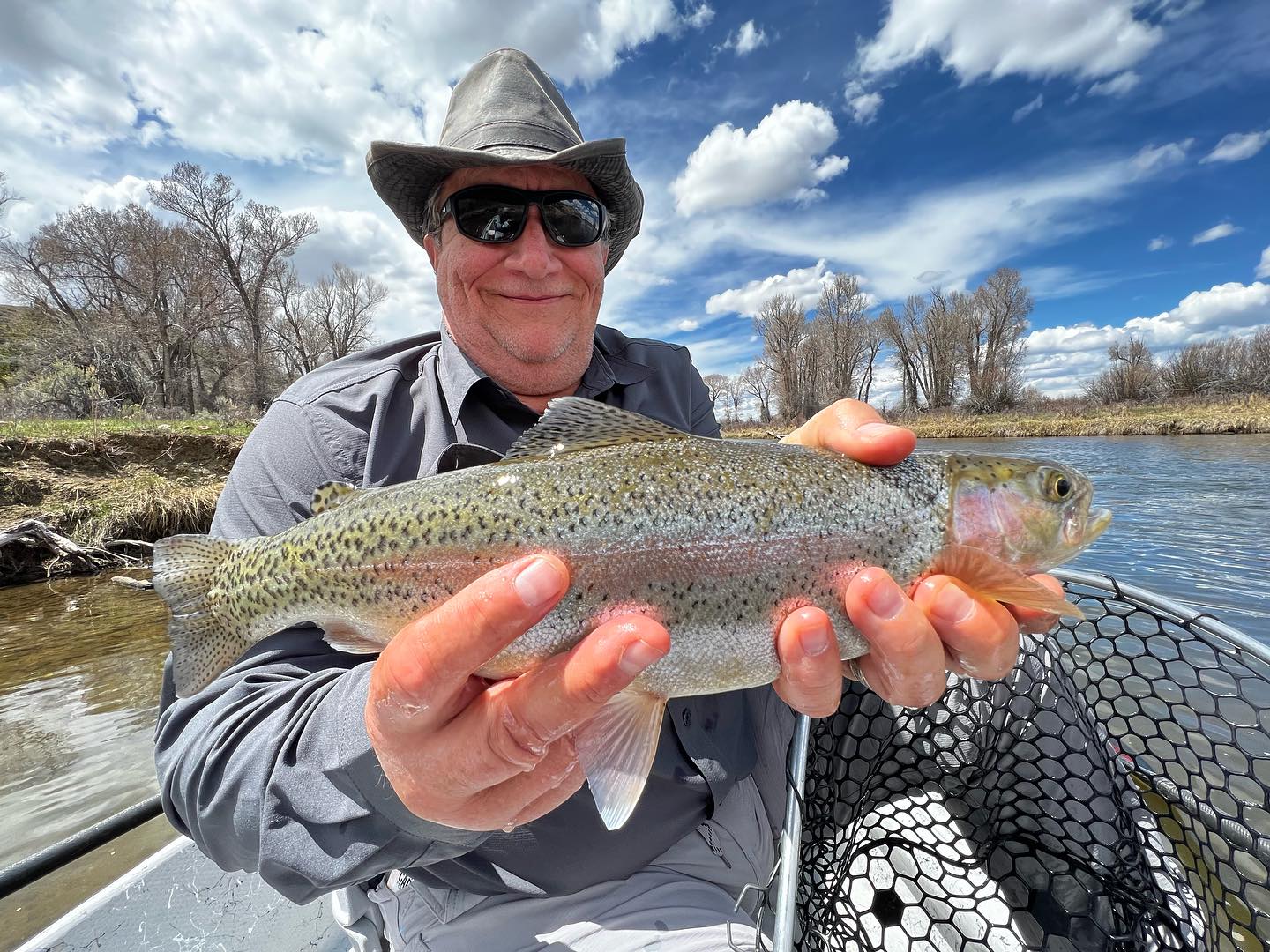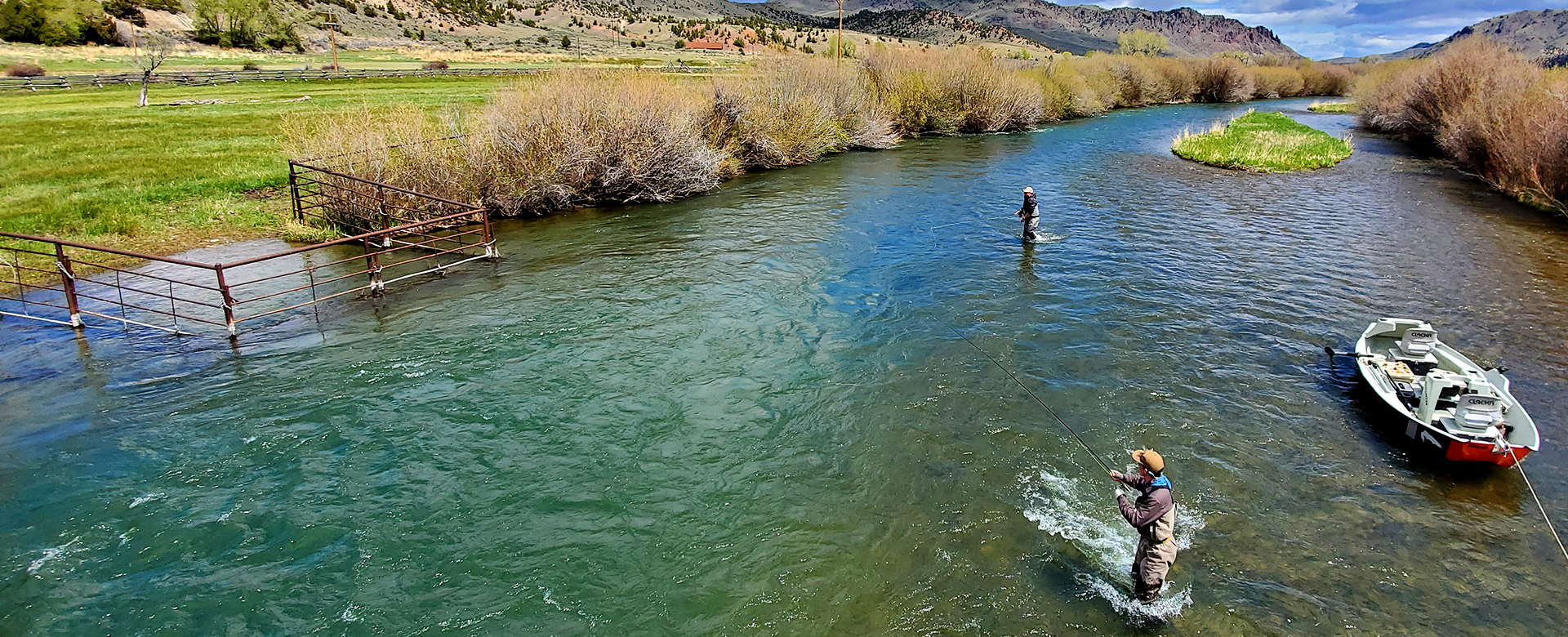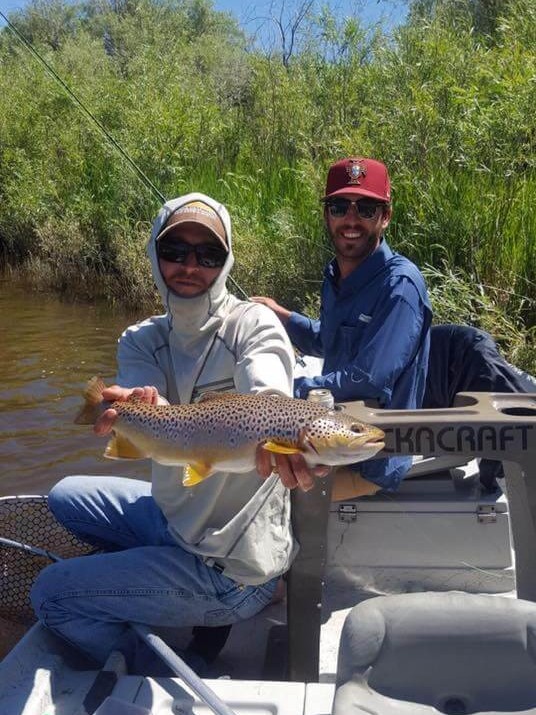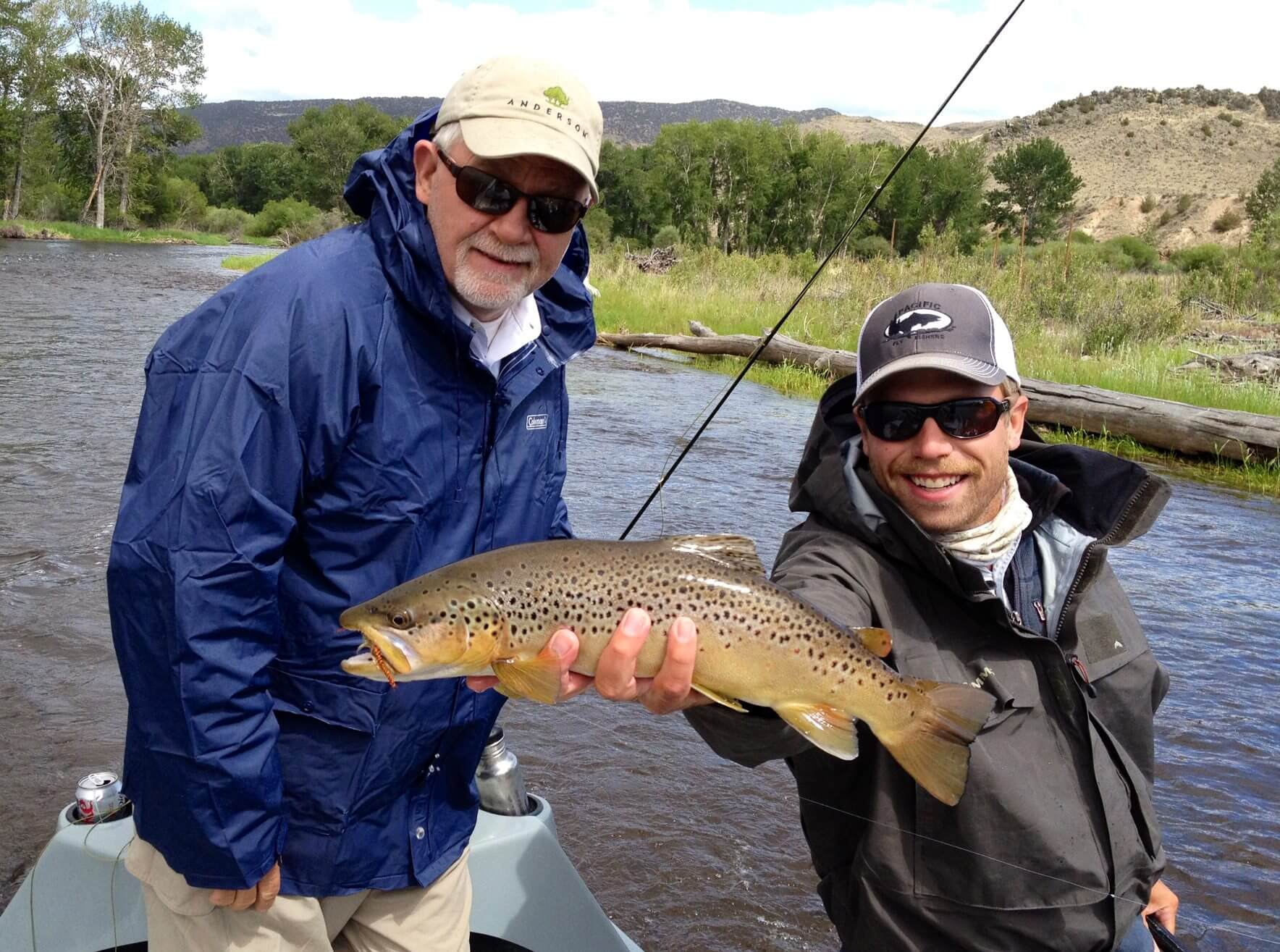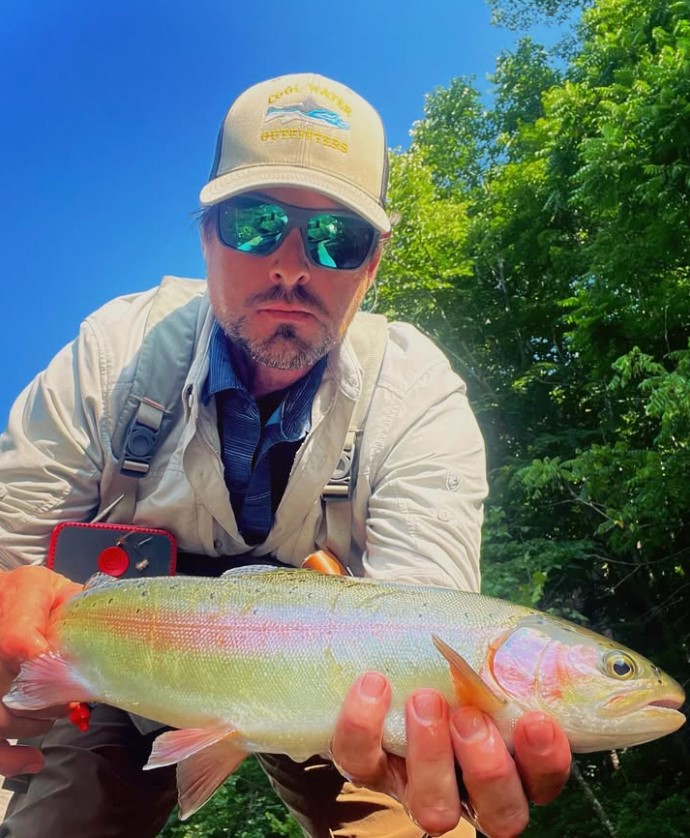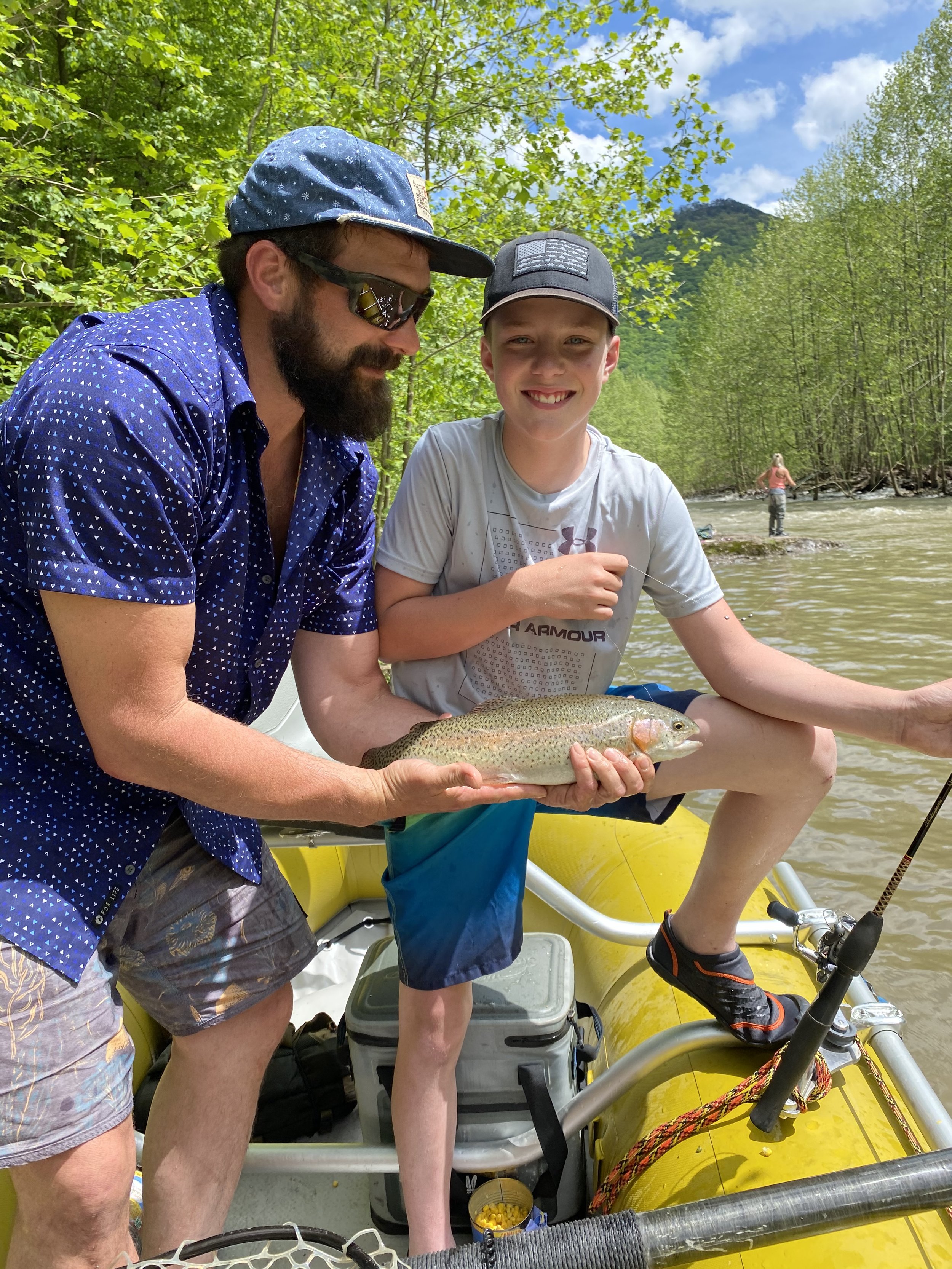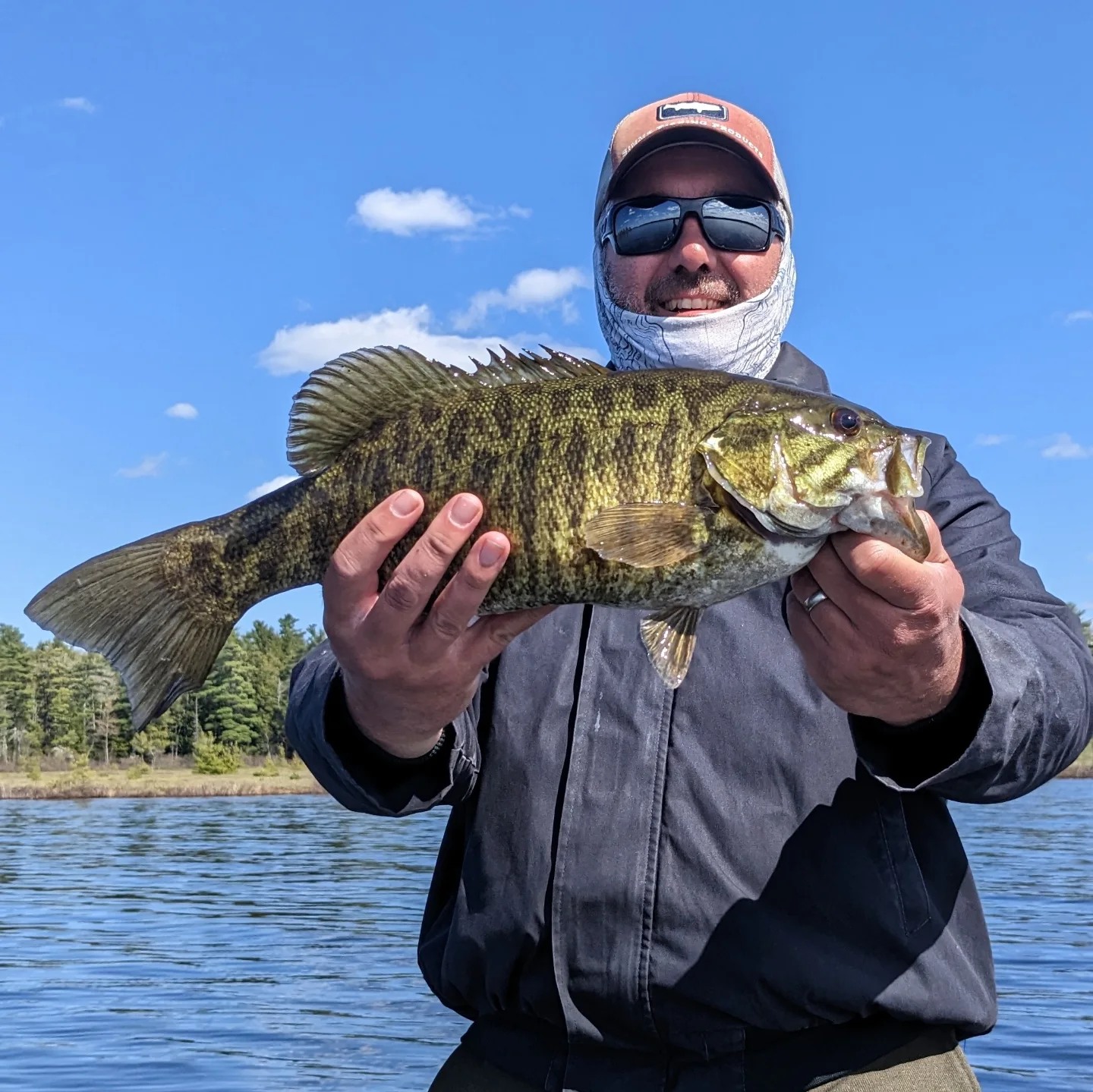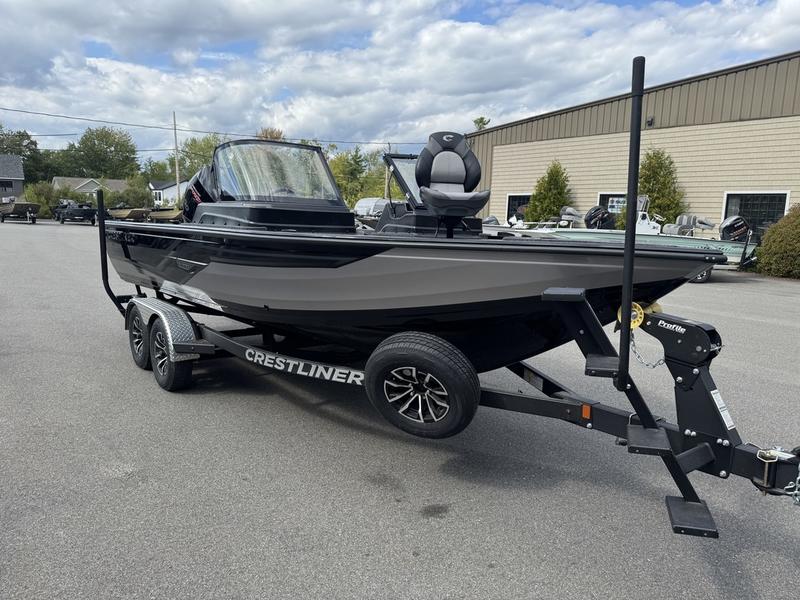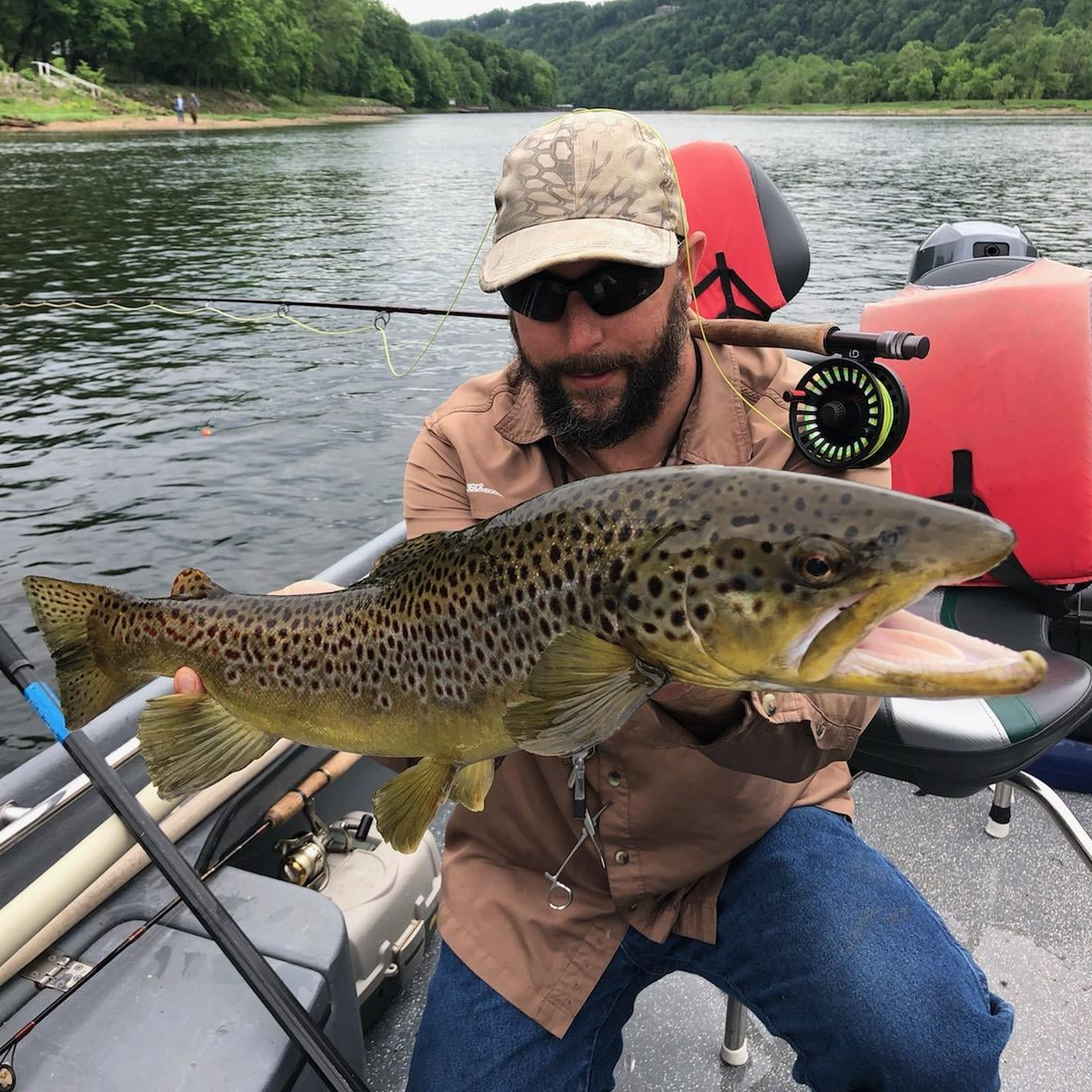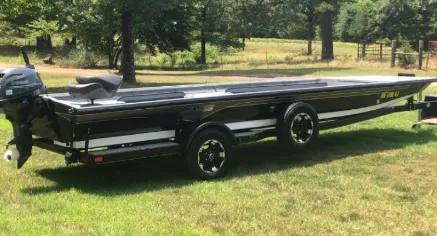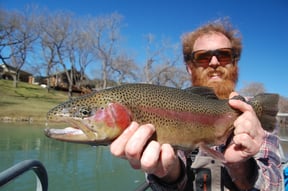Warm Water Guided Trips
Cold Water Guided Trips
Sequoia National Forest Fly Fishing
Green River Full Day Floats
Montana River Fly Trip
Overnight Trip (Peak Season)
Shenandoah Guided Wade Trip
Shenandoah Guided Float Trip
River, Lake Fishing in Ellsworth
Acadia Fishing Fly Spin Or Troll
River, Lake Fishing in Norfork
White River Fly Fishing Trip
We started Captain Experiences to make it easy to book fishing and hunting guides around the world. With over 2,000 Damn Good Guides, our platform makes finding and booking a trip seamless. Head here to check out our trips.
The History of Fly Fishing
The origins of fly fishing can be traced back to ancient times, with evidence suggesting that the practice of mimicking a fly on the water began in various civilizations such as ancient Greece or Rome. It wasn’t until 16th century England that rods were developed longer, line was crafted by hand, and the art of casting began. European migration to the Americas sparked a surge in fly fishing. During the 1800’s technological advancements led to the development of many of the techniques we use today such as the free spooling fly reel originally invented in England. Fur trappers began to use fly rods and there’s evidence that Native Americans even attempted to fly fish having been taught by Western settlers. The Industrial Revolution led to machine made reels and a new line made out of stronger material was developed. As time went on, the tackle got better with fiberglass rods being created in the 1940's along with new line and flies, modern day fly fishing is here.
Gear Needed for Fly Fishing

If you’re ready to try your hand at fly fishing, you’ll want to start with the essentials. These include the following:
Fly Rod
Fly rods are lightweight, flexible, and specifically tailored to the demands of fly casting, coming in different weights and lengths. The rod you need depends on the type of fishing you'll be doing. The price of a fly rod varies depending on the material and quality of its construction. Graphite tends to be the more common type of rod.
Reel
Reels function as a spool to store and control the fly line. Plastic and metal reels are made, but metal is recommended. When casting, the reel allows the angler to release and retrieve the line smoothly, controlling the amount of line being deployed. During a fight with a fish, the reel provides a mechanical advantage by incorporating a drag system that applies resistance to the running fish, helping to tire it out and prevent the line from breaking.
Line
Fly fishing line is specifically designed with unique characteristics such as weighted tapers, flotation properties, low stretch, and easy leader connections. These features contribute to accurate casting, delicate presentations, improved sensitivity, and versatility, making it an essential component in the art of fly fishing.
Leader
A fly leader is a section of fishing line that is attached to the end of the fly line and connects it to the fly or flies being used. Leaders are typically tapered, meaning they are thicker at the end connected to the fly line and gradually become thinner toward the end where the fly is attached. It is essentially an extension of the fly line that allows for more precise presentation of the fly and allows the angler to present the fly in a lifelike manner and ensure that the fish are less likely to detect the line and become spooked.
Tippet
A tippet refers to the end section of the leader that is attached to the fly. It is typically a length of thin, transparent fishing line, usually made of monofilament or fluorocarbon material. The tippet serves multiple purposes in fly fishing. Firstly, it provides a final connection between the leader and the fly, allowing for the fly to move more naturally in the water. Secondly, the tippet serves as a point of separation between the thicker, more visible leader and the fly. Its thinner diameter and transparency make it less visible to fish. Additionally, the tippet is designed to break in case of snagging.
Fly
In fly fishing, the term "fly" refers to an artificial imitation of an insect, baitfish, or other aquatic organisms that is used as bait to attract fish. Unlike conventional fishing methods that typically use live or dead bait, fly fishing relies on the use of lightweight, often handcrafted flies made from various materials such as feathers, fur, thread, and synthetic materials. Fly selection is an important aspect of fly fishing, and anglers often carry a variety of fly patterns in their fly boxes to adapt to changing conditions and fish preferences. Choosing the right fly for the target species and the current fishing situation is key to success in fly fishing.
Common fly patterns include dry flies, wet flies, nymphs, streamers, and poppers, each designed for specific fishing conditions and fish species.
Dry Flies
Designed to float on the water's surface and imitate adult insects, such as mayflies or caddisflies. They are typically used when fish are actively rising to feed on insects floating on the surface.
Wet Flies
A type of substance fly designed to imitate aquatic insects in their larval or pupal stages. They are often fished below the water's surface and can be effective for imitating emerging insects or when fish are feeding below the surface.
Nymphs
Another type of subsurface fly that imitates immature insects, such as mayfly nymphs or caddisfly larvae. They are fished below the surface and can be presented near the bottom, where many insects spend their time.
Streamers
Larger, often brightly colored flies that mimic baitfish or other larger aquatic organisms. They are usually fished with a stripping or jerking motion to imitate the movement of injured prey and attract predatory fish.
Poppers
Surface flies designed to create a commotion on the water's surface. They have a cupped face that, when retrieved, creates a popping or splashing sound, attracting fish that are looking for surface prey.
Best Areas to Fly Fish
The best places to fly fish encompass a diverse range of environments, each offering its own unique fishing experiences. Here are some of the prime locations for fly fishing:
Rivers
Rivers are the quintessential fly fishing destinations, especially those known for their trout, salmon, or steelhead populations. Rivers provide dynamic habitats where anglers can cast dry flies or nymphs, targeting fish that thrive in current-rich waters.
Lakes
Lakes offer tranquil settings for fly fishing and are home to various species such as trout, bass, pike, and carp. Stillwater fly fishing involves casting from boats, float tubes, or the shoreline.
Saltwater Flats
For those seeking an exhilarating challenge, saltwater flats provide opportunities to pursue species like bonefish, tarpon, permit, and redfish. These shallow, tropical environments demand accurate casting and quick reflexes.
Streams and Creeks
Streams and creeks offer intimate and picturesque fly fishing experiences, often in mountainous or forested settings. These smaller water bodies are ideal for targeting trout, char, and grayling.
Estuaries and Bays
Estuaries and bays provide a mix of freshwater and saltwater, attracting an array of fish species. Fly fishing in these areas offers opportunities to catch species like striped bass, snook, and salmon.
Remember, the best places to fly fish ultimately depend on the species you're targeting, your personal preferences, and the type of experience you seek. Each environment offers its own allure and challenges, allowing you to explore and enjoy the art of fly fishing in diverse and captivating settings.
Check out our fly fishing charters to look at all of the possible fly fishing locations or narrow it down to a predetermined area.
Different Types of Fish Caught on a Fly
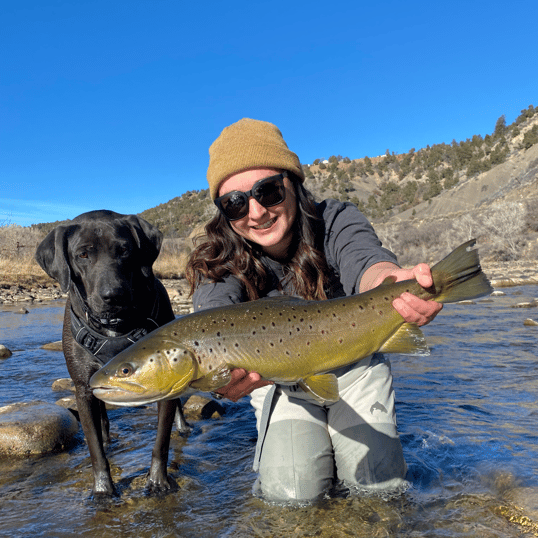
Here's a list of a handful of common and fascinating fish species that are often targeted and caught using a fly rod:
Trout
Trout are one of the most popular species pursued by fly anglers worldwide. Brown trout, rainbow trout, and brook trout are common targets, known for their beauty, elusive nature, and spirited fights.
Salmon
Salmon are highly sought-after for their strength and acrobatic displays when hooked on a fly rod. Species like Atlantic salmon, Pacific salmon (including Chinook, Coho, and Sockeye), and steelhead provide thrilling fly fishing opportunities in both rivers and saltwater.
Bass
Largemouth bass and smallmouth bass are widely targeted using fly fishing techniques. These aggressive freshwater predators offer exciting strikes and powerful fights, making them popular among fly anglers.
Bonefish
Found in tropical flats, bonefish are known for their speed and challenging nature. Fly fishing for bonefish involves delicate presentations and precise casts, and landing one on a fly rod is a thrilling achievement.
Tarpon
Tarpon are revered as one of the most thrilling saltwater species to pursue with a fly rod. These silver kings are famous for their massive size, incredible jumps, and sheer power, providing an unforgettable angling experience.
Pike and Musky
Pike and muskellunge (musky) are formidable freshwater predators that readily strike flies. They are known for their aggressive strikes and can grow to impressive sizes, making them sought-after targets for fly anglers seeking a thrilling challenge.
Redfish
Redfish, also known as red drum, are popular inshore gamefish along coastal areas. They offer exciting fly fishing opportunities, particularly in marshes, flats, and estuaries. Redfish are known for their strength, beautiful bronze coloration, and tailing behavior.
Permit
Permit are considered one of the most challenging species to catch on a fly rod. Found in tropical flats, they have a reputation for being extremely selective and wary. Their elusiveness and powerful runs make them a highly prized catch for dedicated fly anglers.
These are only a few of the possible fish one can look to target and catch on a fly rod.
Book a Fly Fishing Trip
Looking to go fly fishing? We have plenty of freshwater and coastal trips offered, targeting a variety of species. Check out our fly fishing charters to book your trip with a skilled guide in no time!
Charlie Reckling
Updated on June 26, 2023
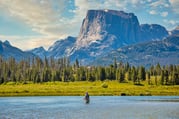
May 13, 2024

July 1, 2024
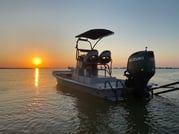
January 7, 2022
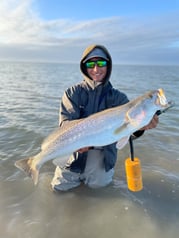
January 19, 2021
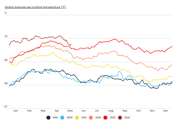
November 15, 2023
Related Articles
September 13, 2019
May 23, 2022
February 21, 2022
Featured Locations
- Fishing Charters Near Me
- Austin Fishing Guides
- Biloxi Fishing Charters
- Bradenton Fishing Charters
- Cabo San Lucas Fishing Charters
- Cancun Fishing Charters
- Cape Coral Fishing Charters
- Charleston Fishing Charters
- Clearwater Fishing Charters
- Corpus Christi Fishing Charters
- Crystal River Fishing Charters
- Dauphin Island Fishing Charters
- Daytona Beach Fishing Charters
- Destin Fishing Charters
- Fort Lauderdale Fishing Charters
- Fort Myers Fishing Charters
- Fort Walton Beach Fishing Charters
- Galveston Fishing Charters
- Gulf Shores Fishing Charters
- Hatteras Fishing Charters
- Hilton Head Fishing Charters
- Islamorada Fishing Charters
- Jacksonville Fishing Charters
- Jupiter Fishing Charters
- Key Largo Fishing Charters
- Key West Fishing Charters
- Kona Fishing Charters
- Lakeside Marblehead Fishing Charters
- Marathon Fishing Charters
- Marco Island Fishing Charters
- Miami Fishing Charters
- Montauk Fishing Charters
- Morehead City Fishing Charters
- Naples Fishing Charters
- New Orleans Fishing Charters
- New Smyrna Beach Fishing Charters
- Ocean City Fishing Charters
- Orange Beach Fishing Charters
- Panama City Beach Fishing Charters
- Pensacola Fishing Charters
- Pompano Beach Fishing Charters
- Port Aransas Fishing Charters
- Port Orange Fishing Charters
- Rockport Fishing Charters
- San Diego Fishing Charters
- San Juan Fishing Charters
- Sarasota Fishing Charters
- South Padre Island Fishing Charters
- St. Augustine Fishing Charters
- St. Petersburg Fishing Charters
- Tampa Fishing Charters
- Tarpon Springs Fishing Charters
- Venice Fishing Charters
- Virginia Beach Fishing Charters
- West Palm Beach Fishing Charters
- Wilmington Fishing Charters
- Wrightsville Beach Fishing Charters
